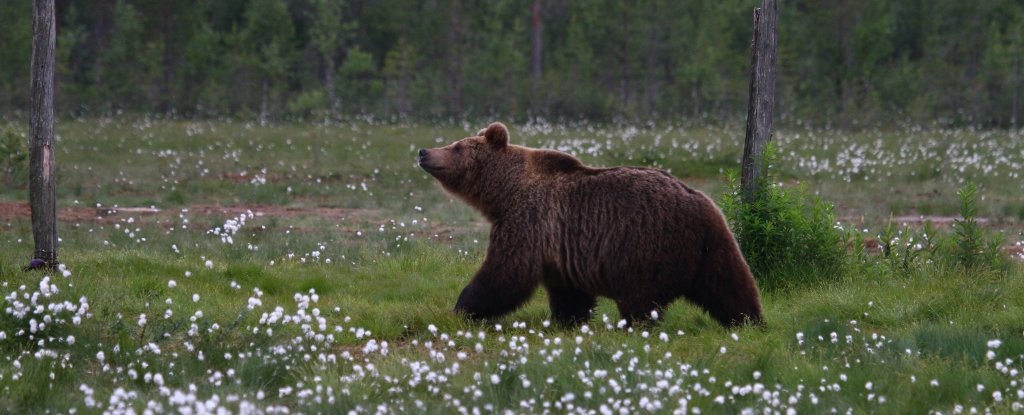
A new finding about brown bears in the remote forests of Sweden is a sad indicator of how far the mess of humanity can extend, but a positive example of how we can turn things around with simple actions.
The growing problem of antibiotic resistance following the industrial-scale production of antimicrobial products initiated in the 1940s can be located in the teeth of Swedish brown bears (Ursus arctos). From the 1950s onwards, animals showed an increase in antibiotic resistance.
However, after the 1990s, when Sweden introduced regulations that controlled the use of antibiotics, antibiotic resistance in bears declined.
This suggests that regulation is a powerful tool for mitigating environmental anthropogenic damage.
Antibiotic resistance has been a growing problem for decades. Antimicrobial drugs take advantage of mold defense systems such as Penicillium. By nature, these molds produce antibiotic molecules to defend themselves from their bacterial competitors; we have been able to sequester these molecules for our own benefit.
In nature, however, bacteria evolve in response to mold defenses (and molds evolve new defenses); this also happens in response to antibiotics. Bacteria have become increasingly resistant to the antibiotics we have developed, which is a problem for us. According to a 2019 CDC report, more than 35,000 people die in the United States each year because they are infected with an antibiotic-resistant bacterium.
It is unclear how deeply antibiotics penetrate the environment. We know that antibiotics and antibiotic-resistant bacteria can enter the environment through wastewater (this is a broader problem that is far from limited to antibiotics) and studies have examined the impact on aquatic wildlife. , but it has been difficult to understand the wider impact over time.
A team of researchers led by microbiologist Jaelle Brealey of the Norwegian University of Science and Technology solved this difficulty with museums. His goal: the skulls of brown bears. They were able to obtain dental calculus samples from 82 brown bear teeth, dated between 1842 and 2016.
Calculus is a form of plaque buildup that preserves samples of the bacterial communities that live in the mouth. The team sequenced these bacterial genomes, looking for genes for antibiotic resistance.
They found increasing levels of these bacteria in the bones from the 1950s onwards. This was followed by a decline after the Swedish government banned the agricultural use of antibiotics in the 1980s, and then implemented a program to combat antibiotic resistance in 1995.
“[The bacterial] abundance closely follows the use of human antibiotics in Sweden, increasing in the 20th century and then declining in the last 20 years, ”Brealey said.
“We also found a greater diversity of antibiotic resistance genes in the recent past, probably as a result of the different types of antibiotics humans use.”
The bears came from different regions of Sweden, which the team thought would reveal a variable spread of antibiotic resistance, based on their proximity to humans. Although Swedish brown bears tend to stay away from people, some bears live closer to humans than others, and these bears were expected to have a higher load of antibiotic-resistant bacteria.
Surprisingly, it was not so.
“We have found similar levels of antibiotic resistance in bears in remote areas and those close to human habitation,” said geneticist Katerina Guschanski of Uppsala University in Sweden and the University of Edinburgh in Scotland. .
“This suggests that environmental contamination with resistant bacteria and antibiotics is widespread.”
Bears born after 1995 have low levels of antibiotic-resistant bacteria, which is encouraging. These levels are not as low as before the introduction of industrial-scale antibiotic production, but they show that we can do something about the environmental problems we cause.
“Our case study suggests that human actions, both negative and positive, may directly affect various microbial communities, including those associated with wildlife,” the researchers wrote, “and provides evidence that large-scale policies that limit ‘use of antimicrobials in humans and livestock may be effective in slowing the spread of antimicrobial resistance through environmental pathways.’
The research has been published in Current biology.